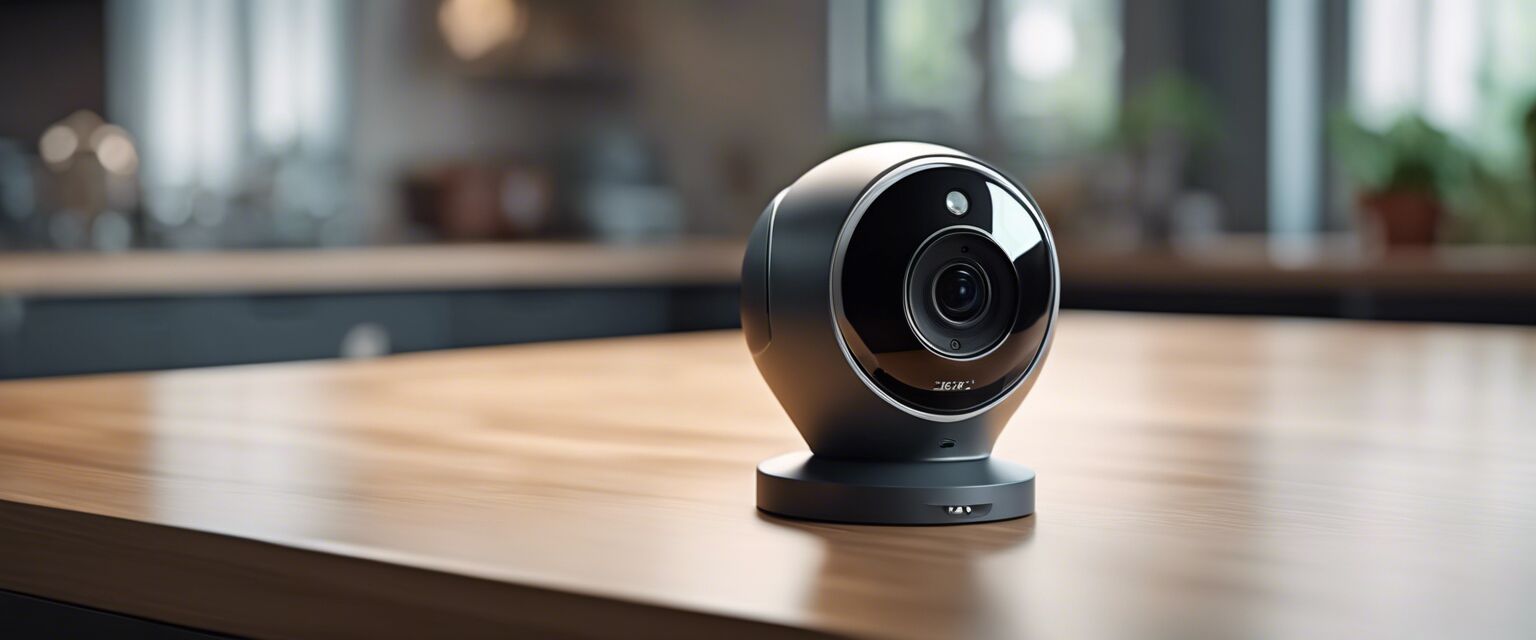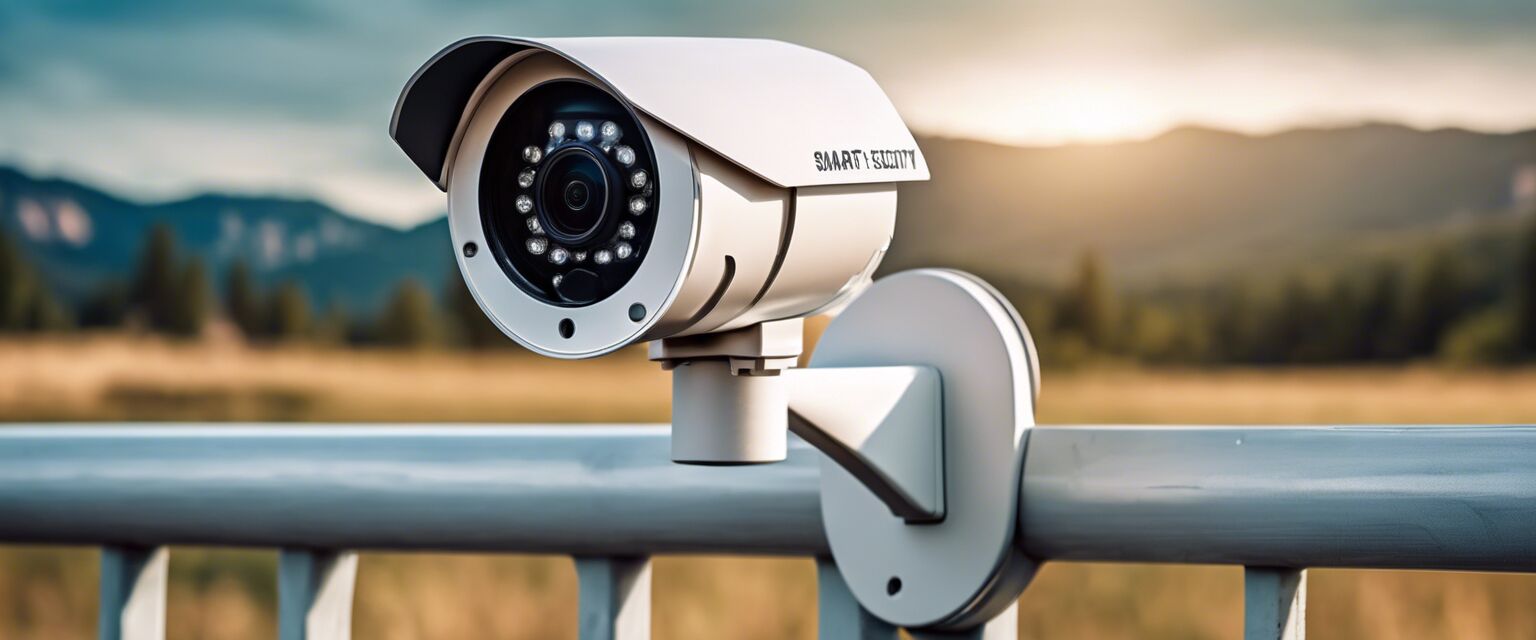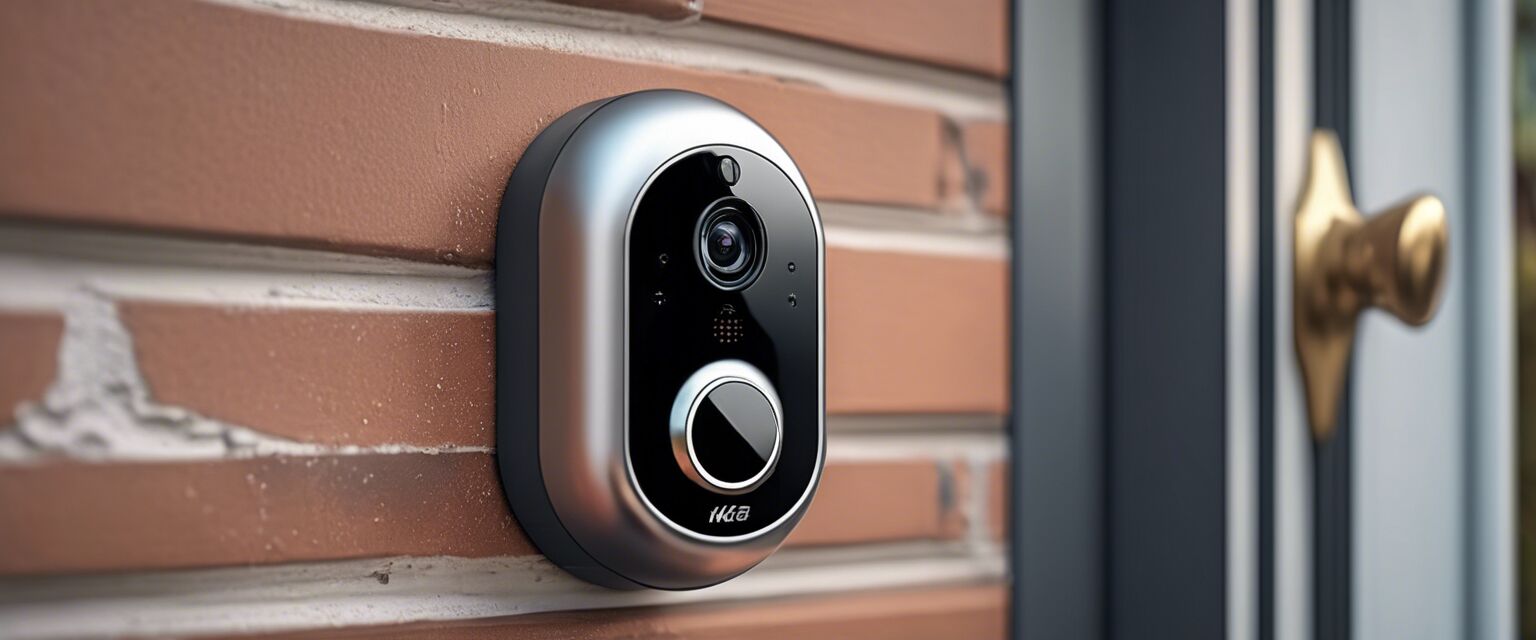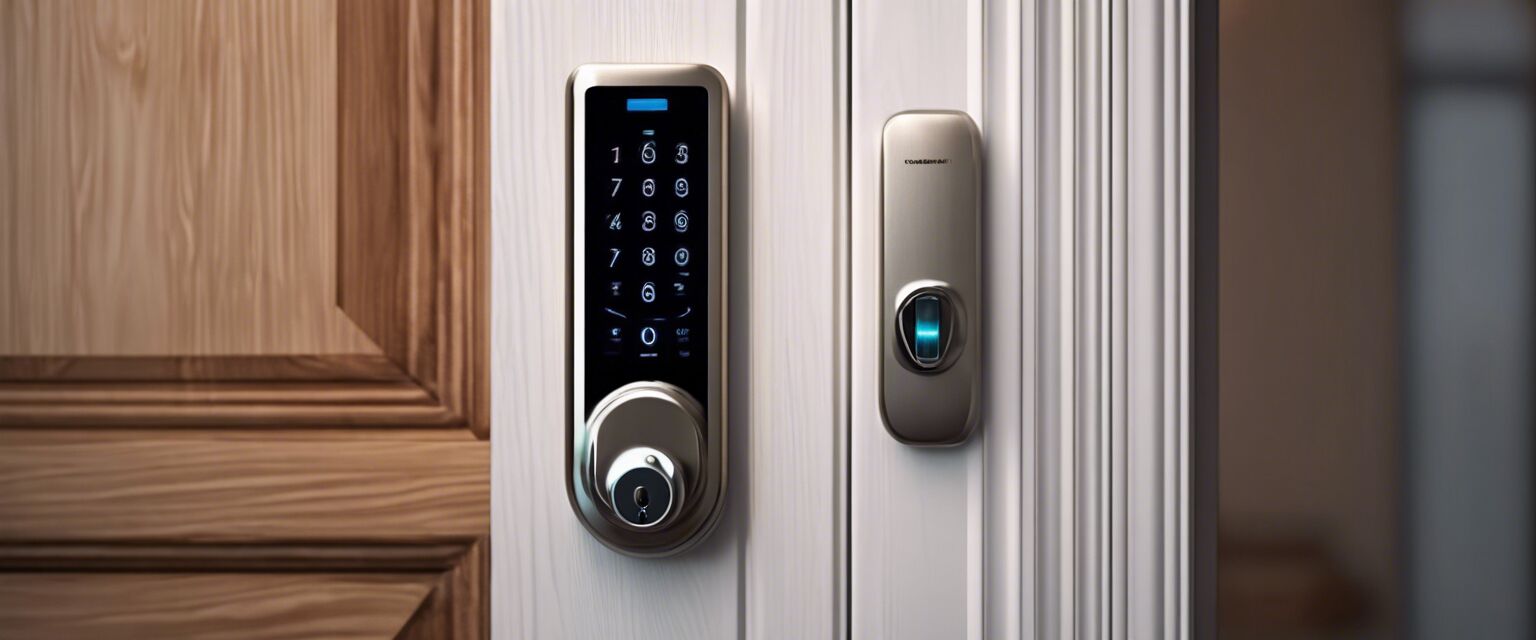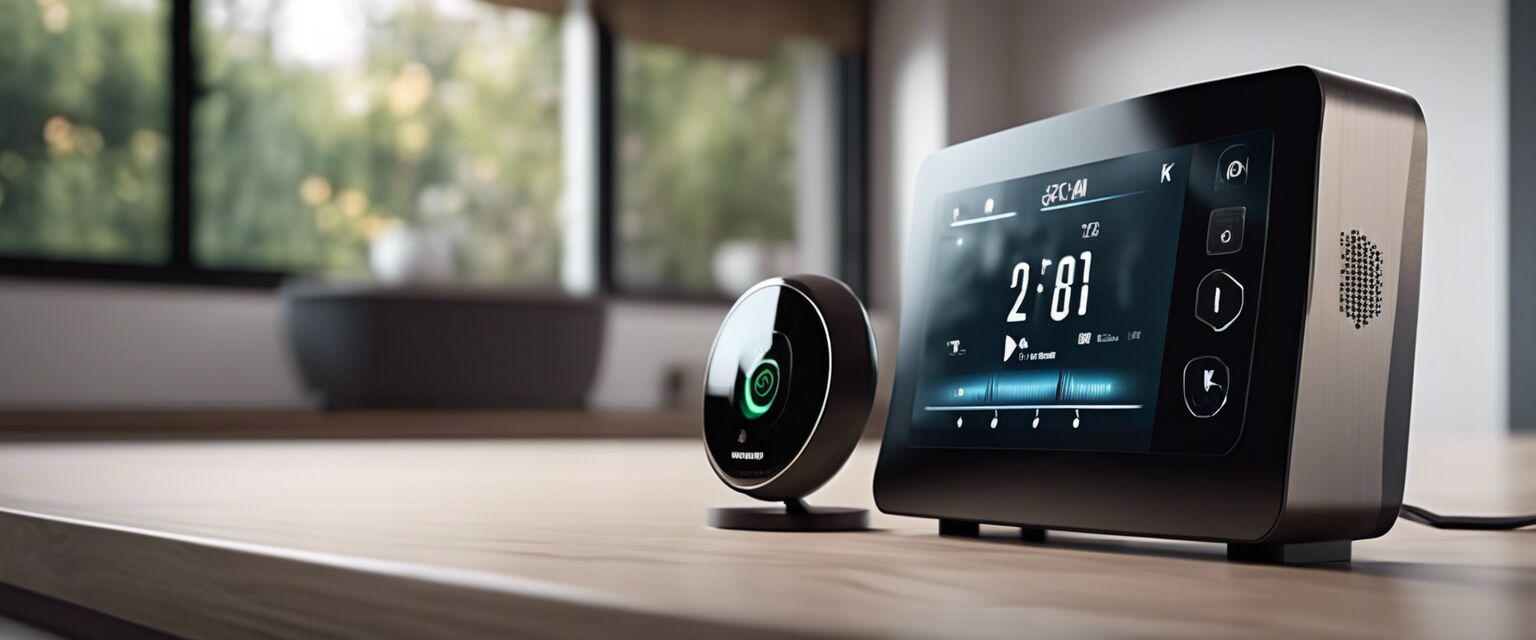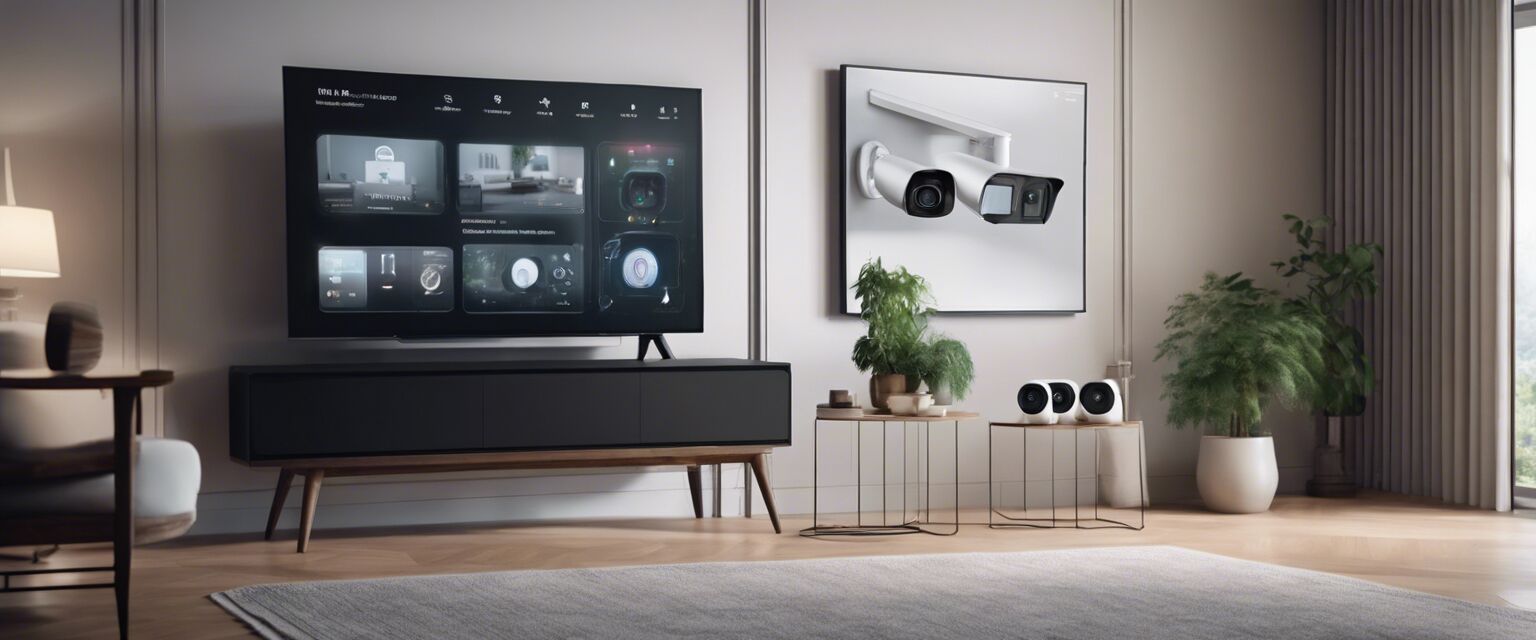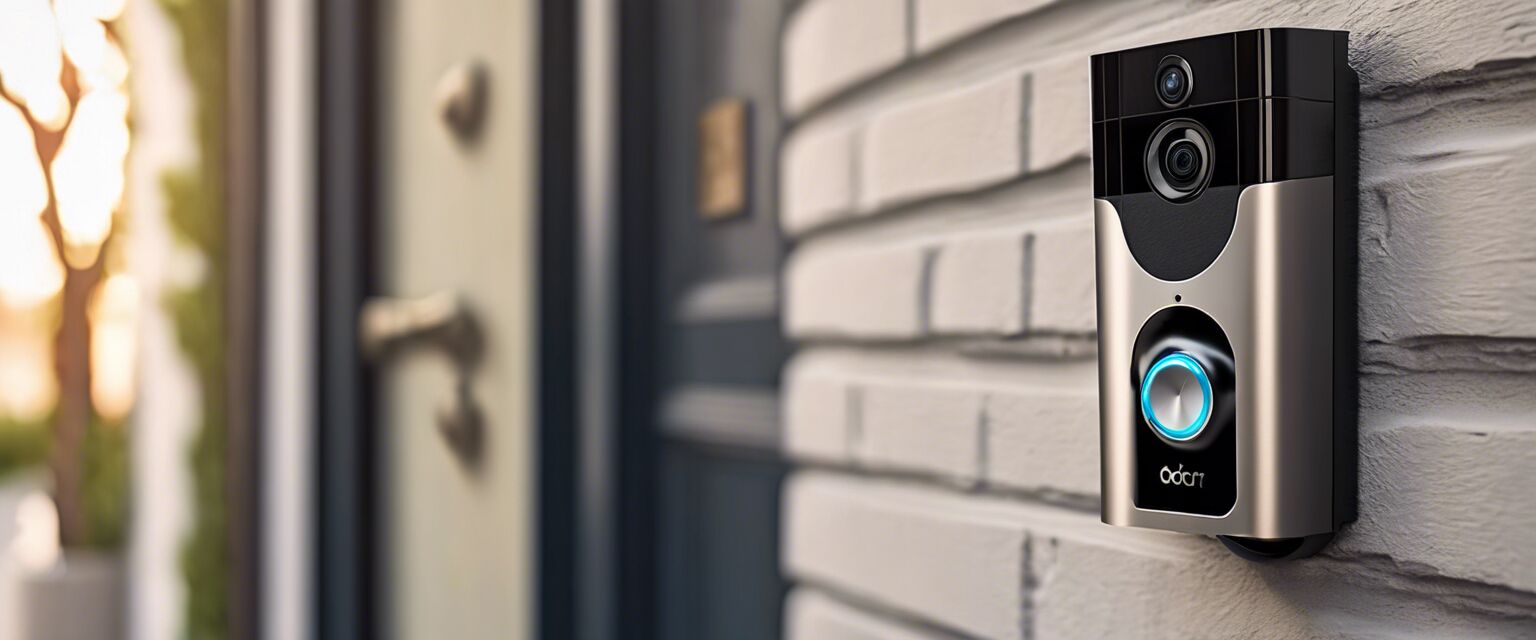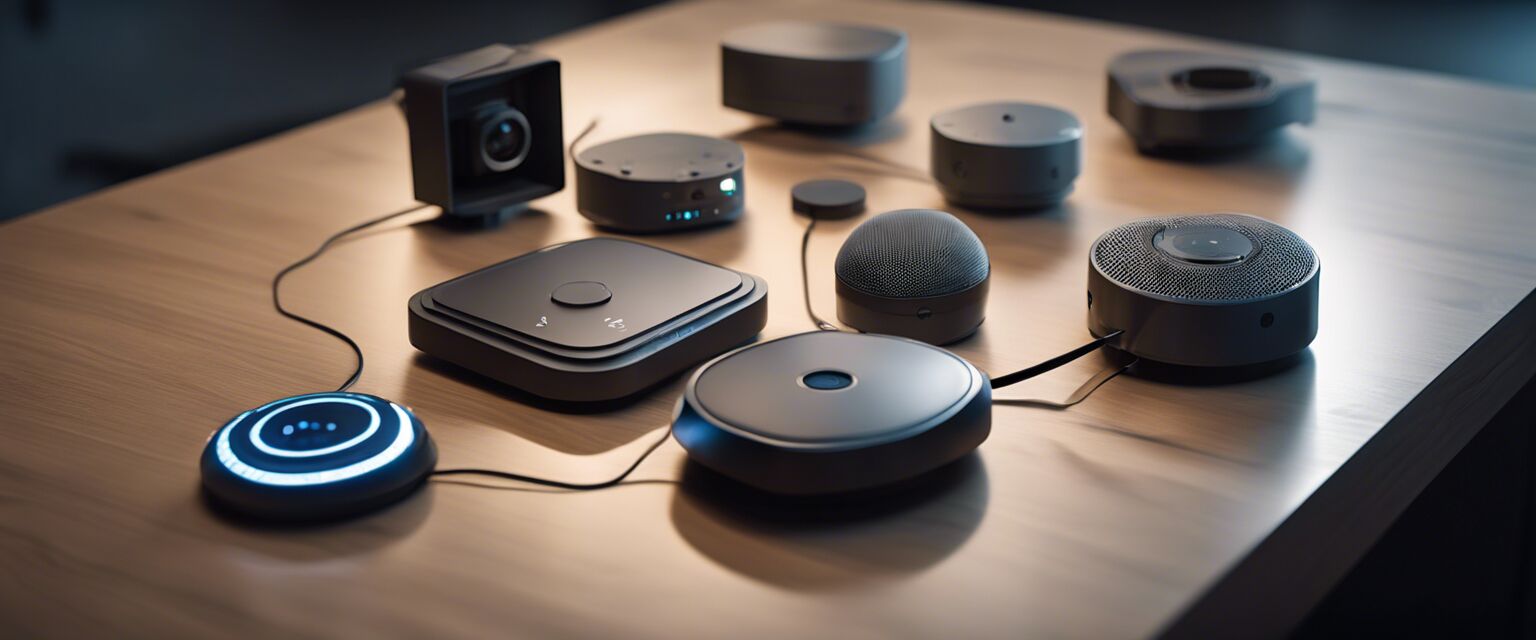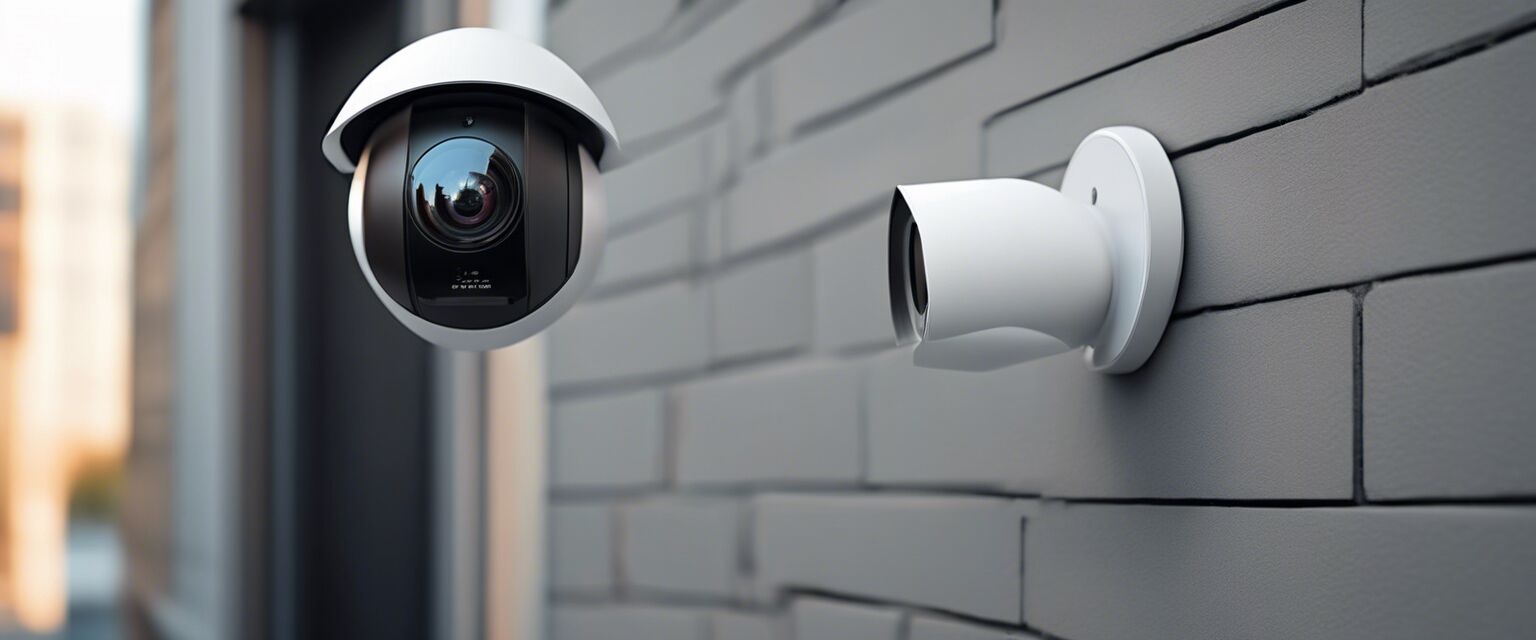
Smart Home Security
Smart Security Cameras
Key Takeaways
- Smart security cameras enhance home safety with real-time monitoring.
- Features include video quality, night vision, and cloud storage.
- Installation can vary; some are DIY while others may require professional help.
- Integration with other smart home devices maximizes security efficiency.
Smart security cameras are essential tools for enhancing home safety. With advanced features and connectivity options, they provide homeowners peace of mind, knowing they can monitor their property from anywhere. This article will guide you through the different types of smart security cameras, their features, and tips for installation.
Types of smart security cameras
| Type | Description | Ideal Use |
|---|---|---|
| Indoor Cameras | Designed for interior use, these cameras help monitor rooms. | Living rooms, nurseries, and home offices. |
| Outdoor Cameras | Weather-resistant cameras built to withstand outdoor conditions. | Front yards, backyards, and driveways. |
| PTZ Cameras | Pan-Tilt-Zoom cameras that can be remotely controlled. | Larger areas needing extensive coverage. |
| Doorbell Cameras | Smart doorbells with built-in cameras for monitoring entrances. | Front doors and entryways. |
| Wireless Cameras | Cameras that connect to Wi-Fi, eliminating the need for cables. | Flexibility in placement throughout the home. |
Key features to consider
Video Quality
Look for cameras with at least 1080p resolution for clear images. Some cameras offer 4K resolution for even sharper detail.
Night Vision
Ensure that your camera has night vision capabilities, allowing you to monitor your property in low-light conditions.
Motion Detection
Advanced motion detection features can send alerts to your smartphone when motion is detected.
Two-Way Audio
Some cameras come with a built-in microphone and speaker, enabling communication through the camera.
Cloud Storage
Consider whether the camera offers cloud storage options for video footage. This can be useful for reviewing footage later.
Installation tips
Beginners Section
- Choose the right camera for your needs based on the type and features.
- Follow the manufacturer's installation instructions carefully.
- Test the camera's field of view before finalizing the installation location.
- Ensure stable Wi-Fi connectivity for optimal performance.
- Regularly check and maintain the camera to ensure it works properly.
Smart camera integration with home automation
Many smart security cameras can integrate seamlessly with other smart home devices. This integration can enhance security and simplify monitoring. For instance, linking your camera with smart locks or lights can automate responses to detected motion.
Benefits of integration
- Increased automation and security.
- Convenient control through a single app.
- Enhanced monitoring capabilities.
Comparison of popular smart security cameras
| Camera Model | Video Quality | Night Vision | Two-Way Audio | Cloud Storage |
|---|---|---|---|---|
| Camera A | 1080p | Yes | Yes | Available |
| Camera B | 4K | Yes | No | Available |
| Camera C | 720p | No | Yes | Not Available |
| Camera D | 1080p | Yes | Yes | Available |
Conclusion
Smart security cameras are a significant investment in home safety. With various types and features available, it's crucial to choose a camera that fits your needs. Proper installation and integration with other smart devices can further enhance security and convenience.
Pros
- Real-time monitoring and alerts.
- Variety of models to suit different needs.
- Integration capabilities with other smart devices.
- Easy to install and operate.
Cons
- Initial cost can be high.
- Dependence on Wi-Fi connectivity.
- Potential privacy concerns.
Further reading
For more information on enhancing your home security, check out these related articles:
Image Gallery
